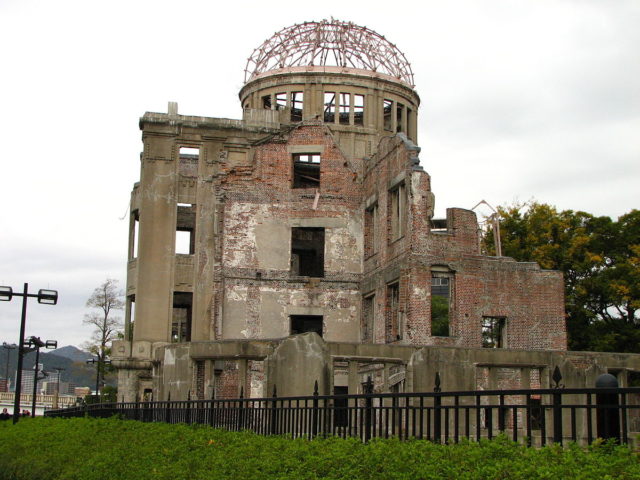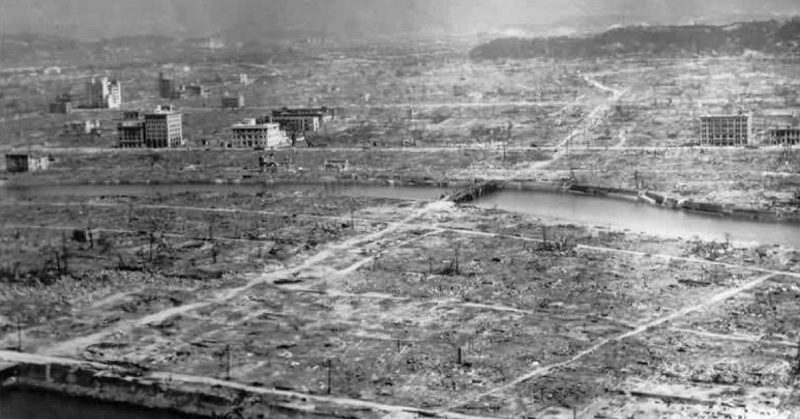Susan Archinski and her husband Tony have a personal stake in the remembrance of Hiroshima.
Susan’s uncle, Normand Brissette, was a prisoner of war being held in Hiroshima when the first atomic bomb was detonated. He was very close to the epicenter of the explosion. “They were right underneath it. Like, 900 meters from the epicenter.” When the bomb went off, twelve POWs were being held in a police station in the city. One of them was Normand Brissette, a 19-year-old gunner who was captured when his plane was shot down over the Sea of Japan.
After surviving the plane crash, Brissette survived the initial blast from the atomic bomb. Army Sergeant Ralph Neal was with Brissette and also survived the attack. “It is believed that they were probably in a different part of the building when the bomb went off because ten of them perished instantly,” Tony said.
They took shelter initially, but shortly after they emerged to find the city in ruins. The two men were soon picked up by the Japanese military. “No one would have ever known they were there had the truck not come through town. They put them on the truck, and they were able to tell the other POWs what happened to them.”
It was not long before Brissette and Neal succumbed to death from radiation sickness. “They’re victims,” Susan said, “and they should be known as victims just like everybody else.”

The final death toll from the bombings of Hiroshima and Nagasaki has never been completely agreed. Some reports say the total combined death toll of the cities is between 129,000-240,000 while others say it could be higher.
The atomic bomb used was called “Little Boy.” Sixteen hours after the bomb was dropped, President Truman asked Japan to surrender. When they didn’t agree, the United States dropped another atomic bomb, this time on Nagasaki. The second bombing occurred just three days after the bombing of Hiroshima.
About half of the deaths occurred the first day when the bombs were detonated. The atomic bombs were detonated in the sky, a little over 1,500 feet above the ground. This allowed for optimal destruction. The remaining deaths occurred over the next few months, and years. Many of these lives were taken by burns, radiation, and cancer.
Today, the twelve U.S. POWs who died, including Neal and Brissette, are listed at the Hiroshima memorial alongside the names of Japanese victims.
